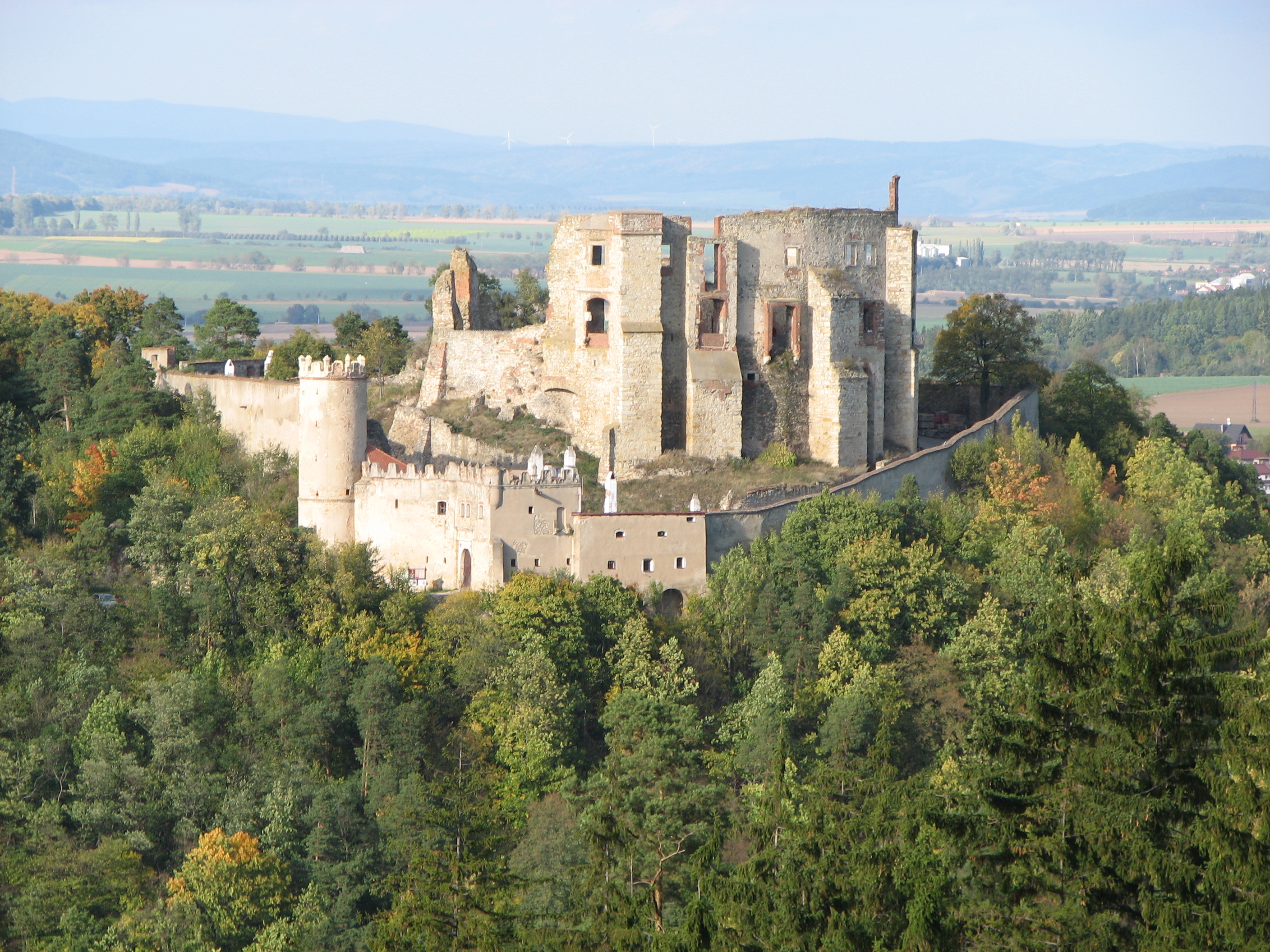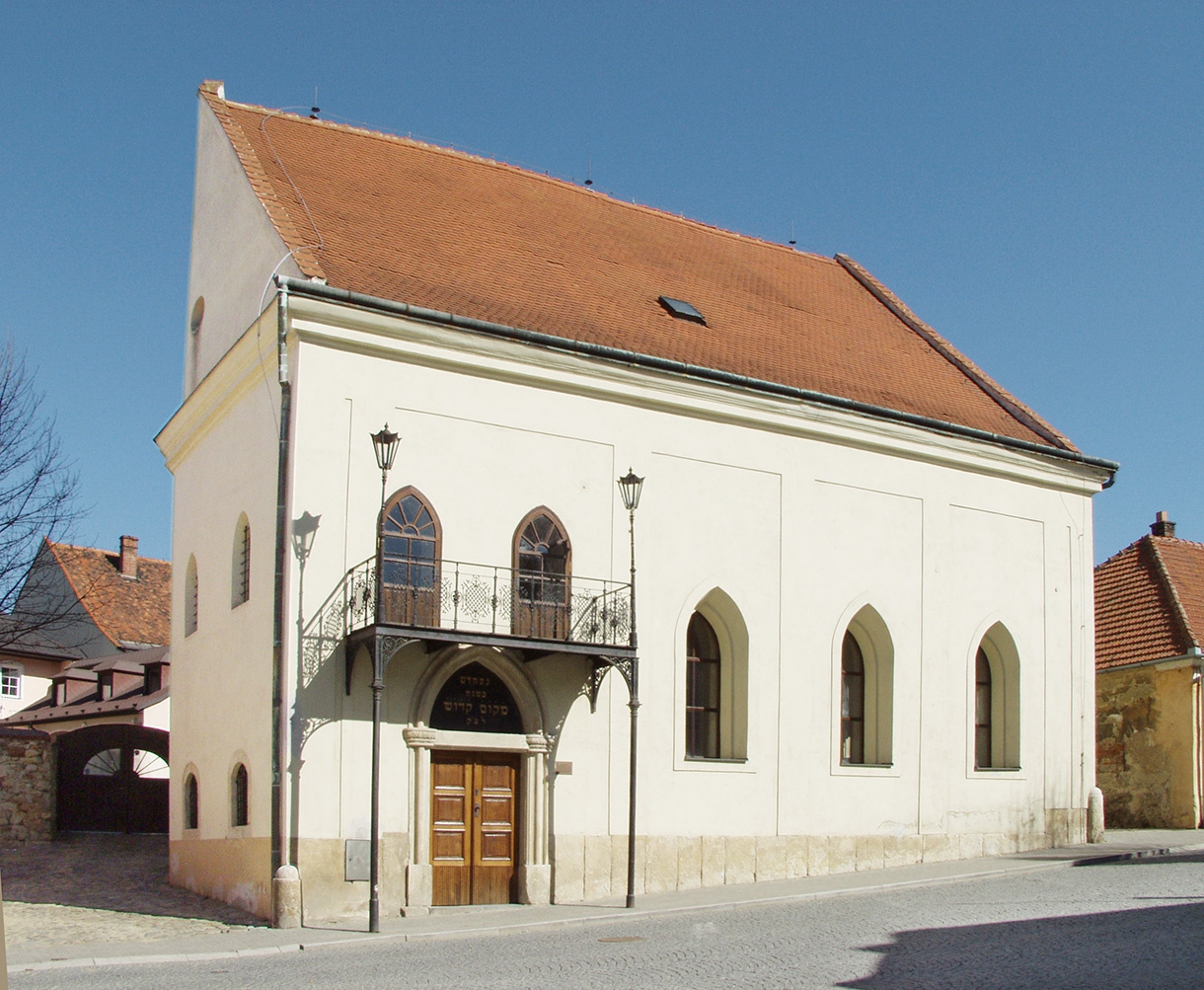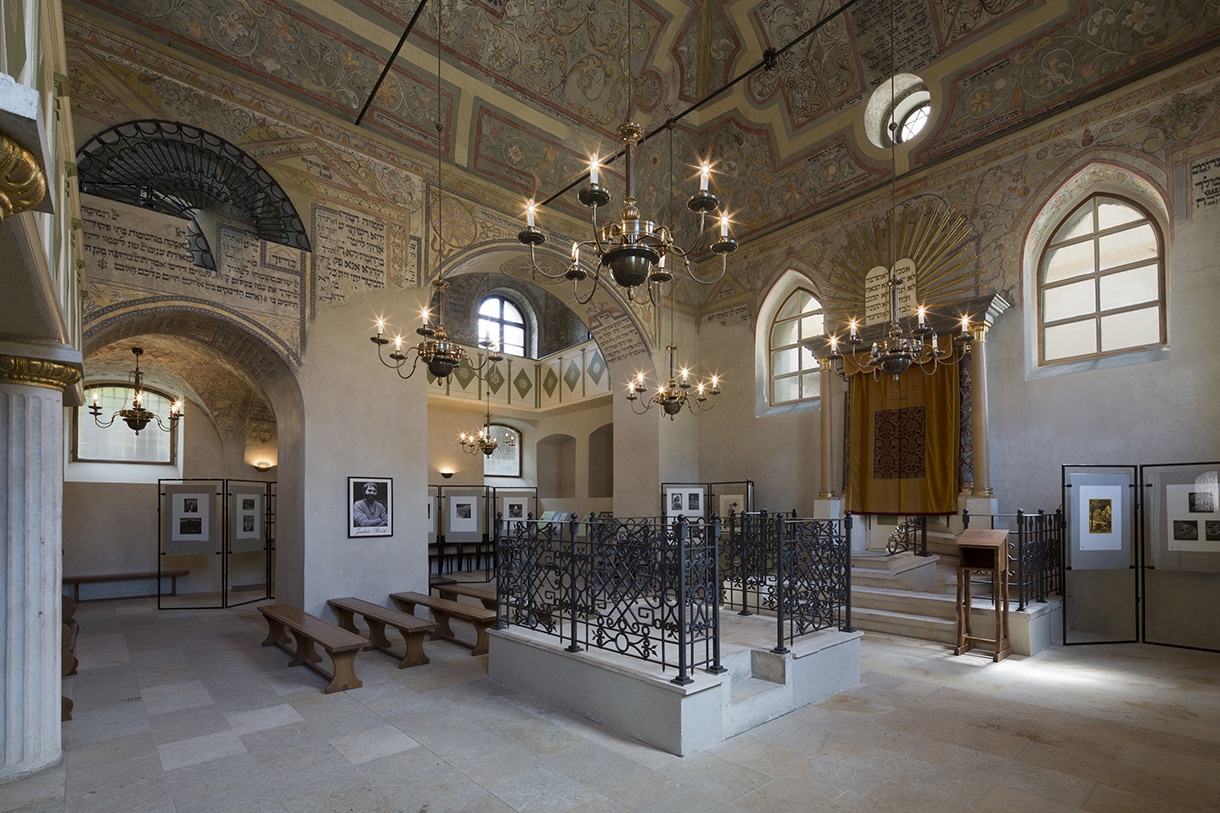The Jewish Heritage of the Bustling Town of Boskovice
Boskovice, known as Boskowitz in German and as בוסקוויצ in Yiddish, is a small market town in Southern Moravia. It is about 30 kilometers north of Brno. Boskovice has approximately 12,000 inhabitants. The historical core of the town – of which a signifacant part forms the medieveal Jewish ghetto – is protected as an urban conservation area since 1990.
For centuries, Boskovice was among the most important Jewish settlements in Moravia. The community there is estimated to date back to the time when Jews were expelled from all Moravian royal towns in 1454. Jews had significantly limited rights relative to other inhabitants. This continued until they received full civil rights in the mid-1800s. The local Jewish community reached its peak size just before that. In 1857, it had 1,810 members--a third of the population of Boskovice.

Many significant Jewish figures were integral to the development of this town. The community’s fall came from Nazi persecution during World War II. The local Jewish quarter is among the most interesting of its kind in the Czech Republic. The central blocks near the synagogue form its oldest part. The outer sites come from later expansion. This 5-hectare area once contained 138 housing units. Today, sadly, there are 60 fewer.
This Jewish quarter was home to three synagogues – the Greater and Lesser Synagogues and the Löw-Beer prayer hall – plus buildings for other Jewish institutions: the municipal house, the hospital, the rabbi’s office, the school, the ritual bath, and the butchery. The Jewish cemetery is situated along Potoční Street, on a sharp slope about half a kilometer below the Boskovice chateau’s game park. Its complex shape is due to the rugged local terrain and gradual expansion. The morgue, built in 1763, stands roughly in its center. Its roughly 1.5 hectares contain about 2,500 gravestones, in irregular rows grouped by relation. The oldest dates to 1670. Most noteworthy here are the generously ornamented Baroque headstones, rich in symbolism.

The original Communal House – an integral part of the historically significant Jewish Quarter – burned down during the catastrophic fire in the ghetto in 1823. The new building was built in the Empire style using blueprints by Mathias Floch, the architect of the local nobility. It is a large, two-story structure with a gabled roof, a segmented facade, and a vaulted ceiling on the ground floor. It once housed the community’s municipal office, schoolroom, study room, the rabbi’s and hospital administrator’s quarters, and a matzo bakery and storeroom.
These facilities received first-rate repairs in 2012–2013 as a part of the “10 Stars: Revitalization of Jewish Monuments” project. In June 2014 it saw its grand opening and was opened to the public, housing an exhibition on Jewish Quarters throughout the Czech Republic. An exhibition on the history and historic sites of the Boskovice Jews is housed in the nearby synagogue on Traplova Street (a Baroque structure from 1639 with later alterations). Its vaulted ceilings and walls are decorated with art of exceptional historical value and with Hebrew liturgical texts – a masterwork by Polish Jewish refugees from the late 1600s into the 1700s. The synagogue’s main hall is also a venue for concerts, theater performances, and temporary art exhibits.

The most prominent son of Boskovice was Shmu'el ben Natan ha-Levi Löw Kolin (שמואל בן נתן נטע הלוי קעלין), in the world of Jewish scholars known by his pseudonym Mahatzit Ha’Shekel (מחצית השקל). He was named so due to his most famous work, a supracommentary to the Shakh’s commentary on the the Shulhan Arukh. Kolin was a highly regarded rabbi known in all of Europe, a respected Talmudist and Halakhist. He was born in Kolín in Bohemia in about 1720 but soon as a teenager prodigy was called to serve as the rosh yeshiva and av beth din in Boksowitz – hence his “surname“ of Kolin. For nearly 60 years, the restz of his life, he led the world-famous yeshiva there. His most prominent student was the Chatam Sofer of Bratislava. Kolin is buried at the local Jewish cemetery and his kever is a site of Jewish pilgrims from all around the world.
Boskovice is one of the many Jewish gems that you can see for yourself in Europe. There are even specialized Jewish tours that will take you to these places and help you learn about people like Kolin, and much more!
Advertise on APSense
This advertising space is available.
Post Your Ad Here
Post Your Ad Here

Comments